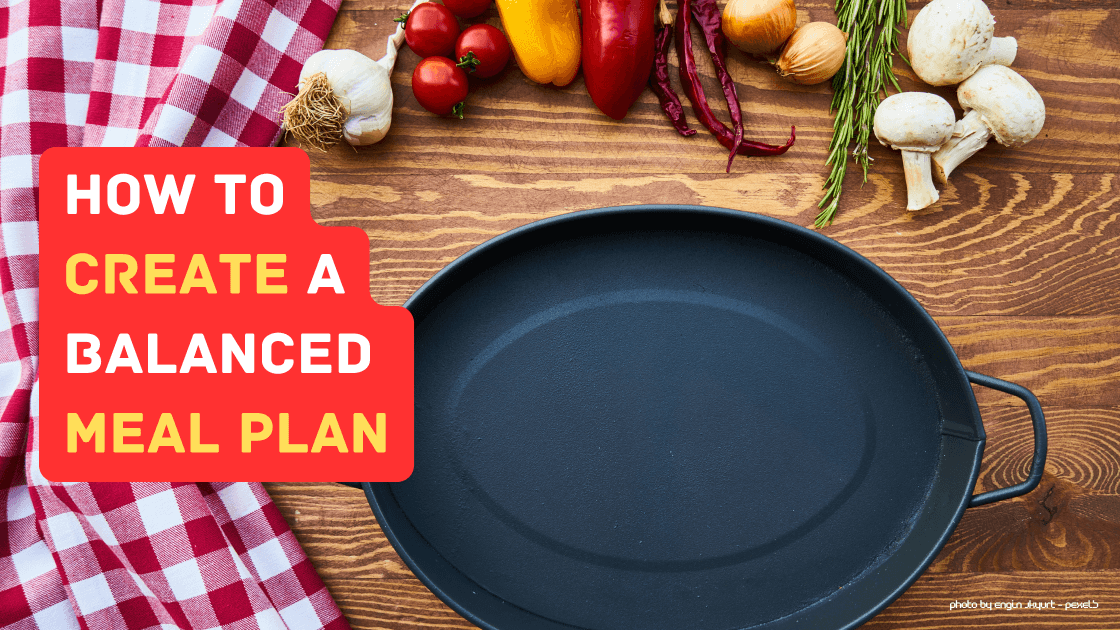Hey there! Have you heard about the ketogenic diet, or keto for short? But there’s more to this diet than meets the eye, so let’s dive in and explore the fascinating world of keto together.
Understanding the Keto Diet
So, what exactly is keto? Well, it’s a diet that replaces carbs with fat. It might sound counterintuitive, but it has been proven to help people shed pounds fast. The typical keto diet consists of 70% fat, 25% protein, and only 5% carbohydrates. Quite a drastic change from the diet that most Americans follow, right?
When you eat carbs, your body converts them into glucose, a form of sugar energy that your brain and body use for fuel. But on keto, things change. Initially, you might experience some strong sugar cravings as your body switches gears from converting carbohydrates to burning fat. But fear not, once your body becomes accustomed to burning fat, you’ll start seeing those pounds melt away.
But hold on, there’s something you should know about this transition. As you burn more fat, your insulin levels, which are responsible for storing fat, drop significantly. This triggers your kidneys to release large amounts of sodium into your blood, leading to a common side effect known as the keto flu. It can cause symptoms like nausea, headaches, dizziness, muscle cramps, and low energy levels. However, these symptoms are usually temporary and subside within the first couple of weeks.
As you continue on your keto journey, you’ll notice the numbers on the scale looking better. But here’s the thing, some of that initial weight loss isn’t actually fat—it’s just water. You see, when you metabolize carbs, your body also retains water, which helps keep you hydrated. So, as you start losing water weight, you might find yourself visiting the bathroom more often, which can lead to dehydration, constipation, or even bad breath.
After a couple of months on keto, you might encounter the notorious keto plateau. It’s a common term in the keto community, referring to the point where it becomes progressively harder to lose more weight. Researchers have found that people initially experience significant weight loss, but after a few months, they hit a roadblock. This plateau can be discouraging, and many people decide to quit keto altogether.
Now, it’s important to mention that the long-term effects of the keto diet are still being studied. However, there’s one group of people who typically stick to keto for a long time—those with epilepsy. Keto has been proven to reduce the symptoms of epilepsy, but strict adherence to a very restricted keto diet can lead to side effects like kidney stones, high cholesterol, and bone fractures. However, for most people following a typical keto diet, these risks are much lower.
Creating a Healthy Keto Meal Plan
Before embarking on any diet, it’s always a good idea to consult with your doctor, as they can provide personalized guidance based on your specific needs and health conditions. While keto can be an effective way to kickstart weight loss, it’s also important to remember that the best diet is a balanced one. Including a variety of fats, proteins, and yes, even carbs, is essential for overall health and well-being.
Meal planning is an essential aspect of maintaining a healthy lifestyle on the keto diet. The basics of meal planning involve selecting whole foods that are low in carbohydrates and high in healthy fats. A ketogenic meal plan should consist of about 60-80% fat, 10-30% protein, and no more than 5-10% or 20-50 grams of carbs per day. To make meal planning easier, there are sample keto meal plans available online that include recipes and shopping lists. These meal plans feature tried and true recipes that are sure to be enjoyed and can be downloaded and printed for convenience. Additionally, it’s important to focus on high-quality, organic meats and vegetables, which may be more expensive but have greater nutritional value.
There are many sample keto meal plans available online that provide a variety of options for breakfast, lunch, dinner, and snacks. For example, a healthy day of eating on the keto diet plan might include chia seed pudding or cauliflower hash browns for breakfast, a salad with grilled chicken or steak for lunch, and salmon or beef with roasted vegetables for dinner. Snacks can include nuts, seeds, or cheese. It’s important to note that a ketogenic meal plan should include whole foods and many fiber-rich, low-carb vegetables.
Sticking to a healthy lifestyle on the keto diet requires discipline and commitment. Some tips for success include meal prepping and planning, tracking macronutrients, staying hydrated, and incorporating physical activity into daily routines. Additionally, it’s important to be mindful of portion sizes and avoid processed foods and sugar. By following a healthy keto meal plan and making lifestyle changes, individuals can reap the benefits of improved physical health and overall well-being.
So, if you’re considering trying out keto, make sure to do your research, consult with a professional, and listen to your body. Remember, everyone’s journey is unique, and finding the right approach that works for you is key. Good luck on your health and wellness journey, and don’t forget to enjoy the process along the way!



0 Comments